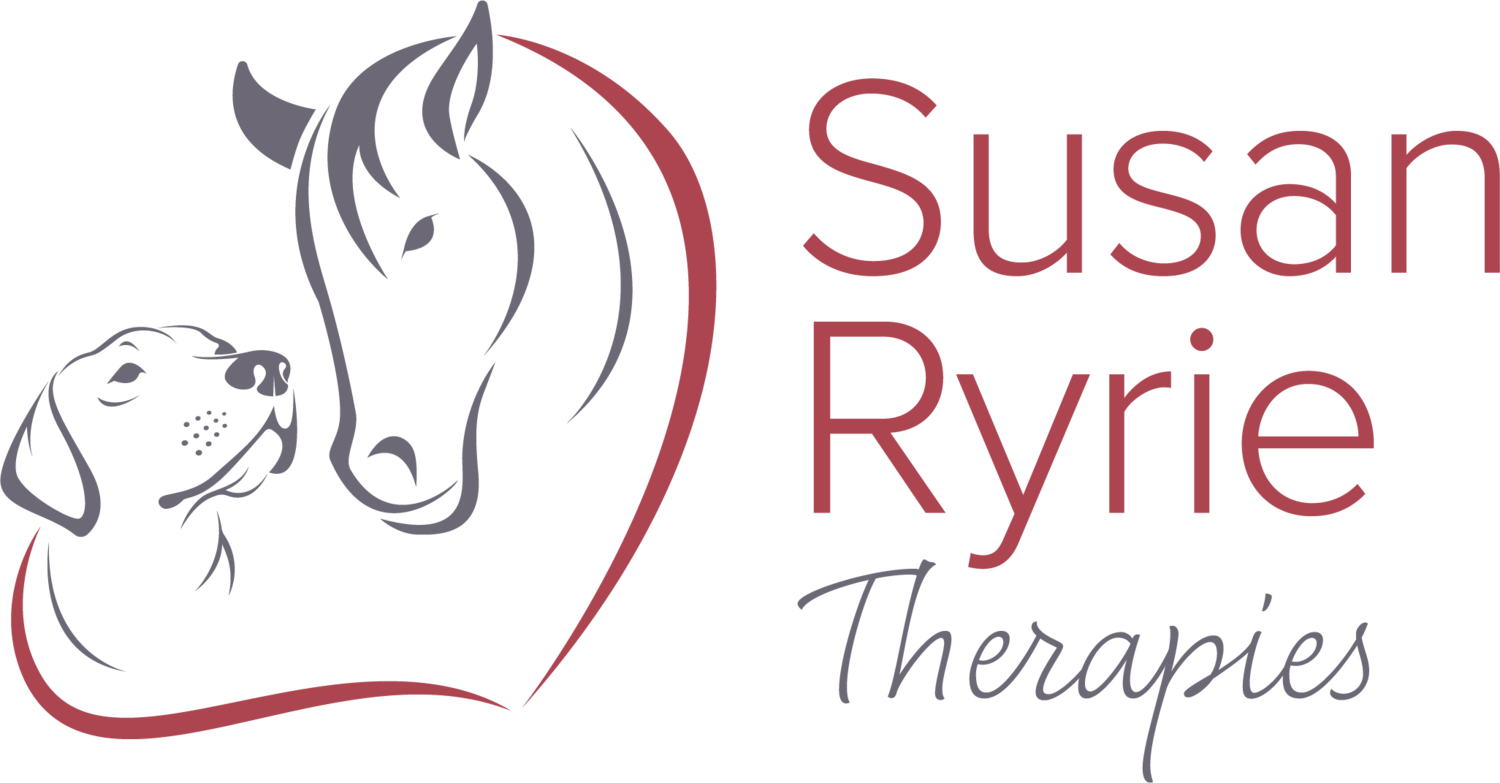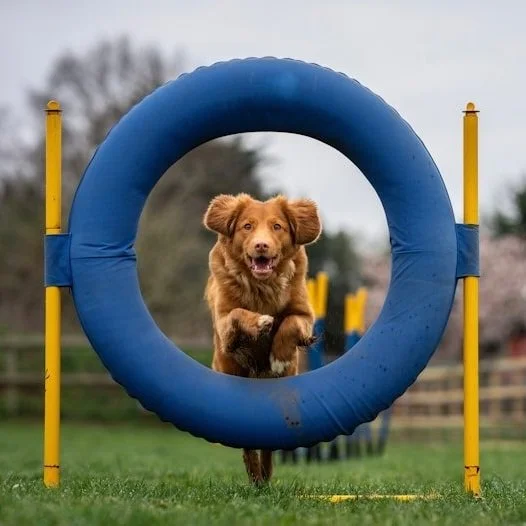April 2024
The strengthening, conditioning and rehabilitation journey can be challenging!
I have been using the Clinical Somatics Exercises regularly now for around six months. They are powerful and are unlocking some problem areas that have been very stubborn in the past (like many people, I have had ‘back problems’ for many years). It is interesting to feel this process from the ‘inside’, and I must admit that if I had not understood what the effects were, I might have given up on two or three occasions.
Similar things can happen when we use rehabilitation exercises with our horse; the physical challenges are felt by the horse, but the owner/handler will probably be faced with some of the motivational challenges.
These experiences are personal to me. Every one of us will a different journey, but I hope reading about my journey may motivate you when yours is feeling tough.

Early steps
Phase one - enthusiasm! I had read Sarah Warren’s book in which she describes the background of these exercises and the way in which they address postural problems. It made a lot of sense. This was my introduction to the exercises. I understood their potential for helping me with problems that have been well managed but never fully resolved. I was keen to get going and see how far they could take me.
Phase two – confirmation! I started to feel real benefits very quickly, and was also enjoying the sessions. I practiced the exercises most days, remembering one or two days off each week is beneficial. I felt looser when I woke up in the morning, and was impatient for the even greater benefits that I felt sure would come later. “So glad I found this stuff”.
Phase three – frustration! The course I was following introduces new exercises gradually. There is a good reason for this, because you don’t want to overload your body as is adjusts to new types of movement. But I wanted to get on with feeling those benefits that I was sure were just around the corner, and impatience started to get the upper hand! I had thought “I can’t wait to see how this works out” not thinking I meant it literally – but it turns out that I probably did! I wanted to learn new exercises sooner, and I wanted to progress more quickly. I knew that it would be counterproductive to try to do too much too soon, but even so I wanted everything ‘now’ not at some the future and waiting got harder and harder!

Intermediate steps
Phase four – faltering! Ah, well, patience is a virtue. However, it was difficult to maintain motivation when progress seemed to be slower than I would have liked. I must admit that I started to skip a few practice sessions and fell behind the course schedule. This is the point at which I could have given up. Being behind is demotivating in its own right; it can feel easier to let things keep sliding than to make the effort to catch up.
I have seen many university students battling with this. It is also the point at which I see horse owners falter when they are working through a Quad X programme. Having ‘been there’ myself so recently it is much easier for me to relate to how they must feel!
Phase five – determination! I’m not in the habit of giving up, and I knew the exercises were helping me. Failing to practice as regularly as before proved that because I was feeling stiffer again. It was a big effort, but I managed to get back on track again.
Phase six – regret! The rush to catch up left me feeling less confident with some of the later exercises. I really regretted not having stuck with the schedule! However, I started to enjoy my practice sessions again so decided to just press on.

Later steps
Phase seven – all good! I developed a great routine, and felt like things were progressing again. I notice that some of the exercises were getting easier, and that I was getting increased range of movement in others. Real benefits! However, I also noticed that I would start to stiffen up again if I had too many days off between practice sessions. One day off was fine and good practice to include once or twice a week. Two days off allowed a noticeable ‘creeping in’ of my old stiffness. Three days off and I felt really stiff and desperate to practice again – but the tension released really and quickly and easily when I did practice.
Phase eight – doubting! This was a really tricky phase. In some ways I wondered if my back was getting worse rather than better. Part of me recognised what I was feeling was muscles that had previously been ‘stuck’ had starting to work again. I realised that they would be bound to tire easily even with ordinary everyday activity. But the old fear of the pain that I experienced in the past crept back in and made me doubt myself. I also wondered whether I was becoming dependent on the exercises because at this point I could only manage one day off between practices. Was I right to carry on?
Phase nine – reassurance! I felt what I can only describe as a huge ‘whoosh’ of release of tension through some core muscles when I was practicing. It could be a bit unnerving if you are not prepared for this, but I knew it was a positive sign that I was making very significant progress. Things settled really quickly after that release. I noticed that I was not stiffening up quite so quickly if I missed a session or two and the exercises also felt easier still.

Looking ahead
Phase ten – satisfaction! There is still some way to go, but I really feel that the worst part of my ‘rehab’ stages are now behind me. I am determined to stay motivated to keep practicing so that I safeguard the benefits I have won, and progress further. I’m not sure how ‘fit’ and strong I can make myself, but this is the best I have been for years. One step at a time is the way. Keeping faith was tough, but it has been worth the effort.










